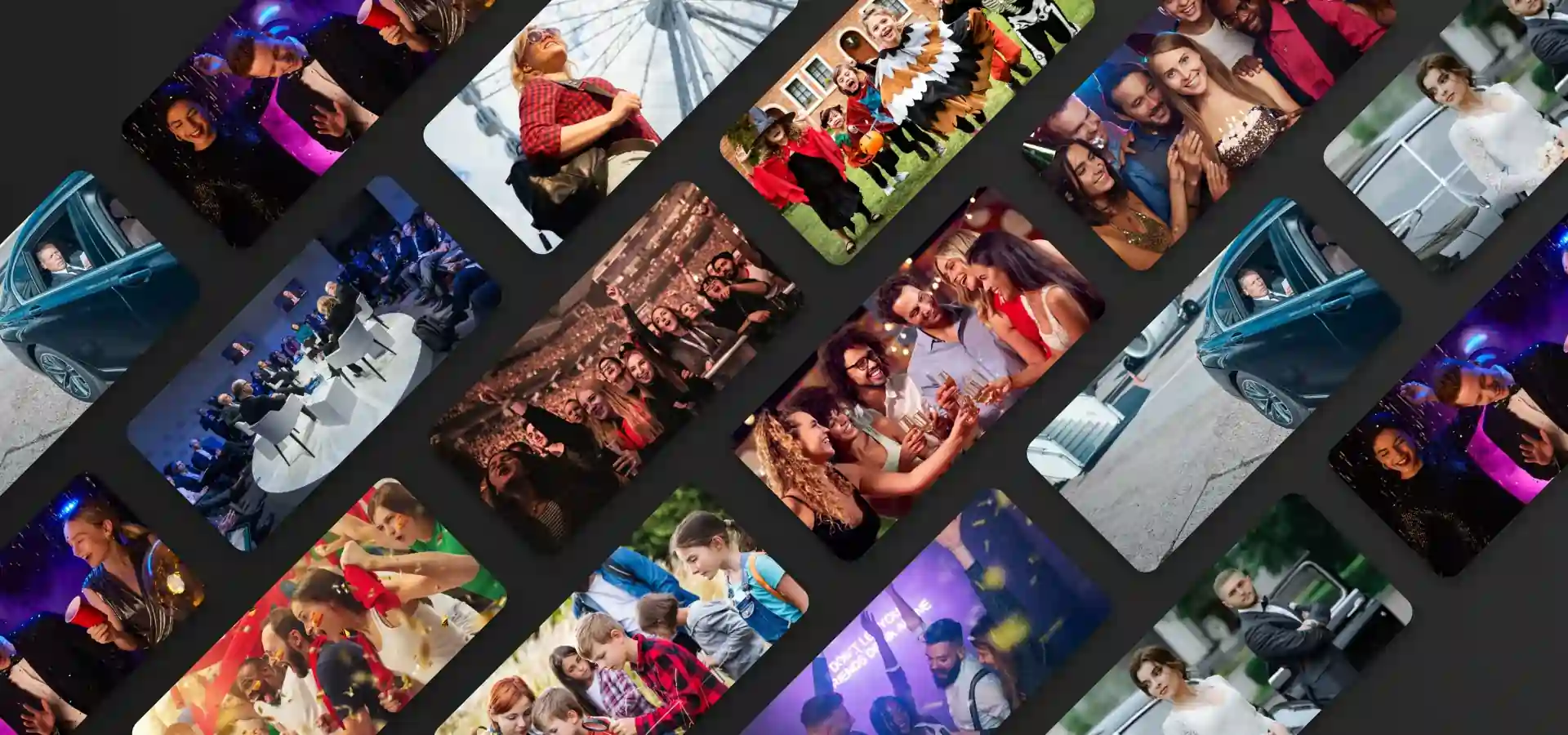Understanding the Psychology of Web Design: Influencing User Behaviour
Welcome to Brand Shop, where we delve into the intricacies of web design and its profound impact on user behaviour. In this exploration, we unveil how strategic design choices can significantly influence how users interact with websites. Web design is not merely about aesthetics; it's a psychological puzzle that, when pieced together meticulously, can steer users towards a desired action or reaction.
The Influence of Colour Psychology
Colour plays a pivotal role in web design. It's not just about choosing shades that complement each other; it's about invoking the right emotions in your audience. For instance, blue often conveys trust and reliability, making it a favourite for financial institutions. On the other hand, green is associated with growth and tranquillity, often used by wellness brands. By understanding colour psychology, designers can create a visual hierarchy that guides users seamlessly through their online journey.
Layout and Navigation: The Blueprint of User Experience
A well-structured layout is the backbone of user experience. It's essential to organise information in a logical flow, allowing users to find what they're looking for without feeling overwhelmed. Simple, intuitive navigation can significantly reduce bounce rates and increase user engagement. A good layout and navigation strategy uses spatial relationships between elements to guide the visitor's eye in a natural progression from one aspect of the site to the next.
Typography and Readability: Communicating with Clarity
The choice of typography is a fundamental component that can make or break the legibility of your content. Readability is crucial, and selecting the right font type, size, and spacing can help ensure that your message is not just seen but also understood. A website that employs effective typography and readability practices is more likely to keep users engaged, as the textual content is as crucial as the visual elements in conveying your brand's story.
Creating Spaces for User Engagement
Encouraging users to engage with your website is a delicate art. Whether it's through compelling call-to-action buttons, interactive elements like quizzes or polls, or thought-provoking content that invites comments and shares, the goal is to create a platform where users feel compelled to participate. This sense of involvement not only enhances the user's experience but also fosters a community around your brand.
Forging an Emotional Connection
At the heart of influencing user behaviour lies the power to forge an emotional connection. It's not just about presenting information; it's about telling a story. A website that resonates emotionally with its audience can build a loyal following. This is where understanding your audience's motivations and desires becomes crucial. Tailoring content to meet these needs can create a powerful bond between user and brand.
Building Trust and Credibility
In a digital world where trust is paramount, your website's design must exude credibility. This means having a clean, professional look, clear contact information, and testimonials or trust seals. Users are more likely to engage with a site that appears transparent and trustworthy. The design elements must work in harmony to convey a message of reliability and expertise.
Conversion Optimisation: The End Goal
The ultimate aim of understanding web design psychology is to optimise for conversions. Whether it's signing up for a newsletter, making a purchase, or downloading a resource, every design decision should be made with this goal in mind. From the placement of call-to-action buttons to the way testimonials are showcased, each element should be strategically positioned to guide users towards taking action.
To conclude, at Brand Shop, we appreciate that web design is a complex, multi-layered endeavour that goes beyond superficial beauty. It's about creating a cohesive, user-centric experience that not only draws users in but also encourages them to stay, engage, and convert. By applying the principles of psychology in web design, we can craft digital environments that influence user behaviour in subtle yet impactful ways.
Thank you for joining us on this insightful journey into the psychology behind web design. We invite you to continue exploring our diverse range of content, where we strive to inform, engage, and inspire.





